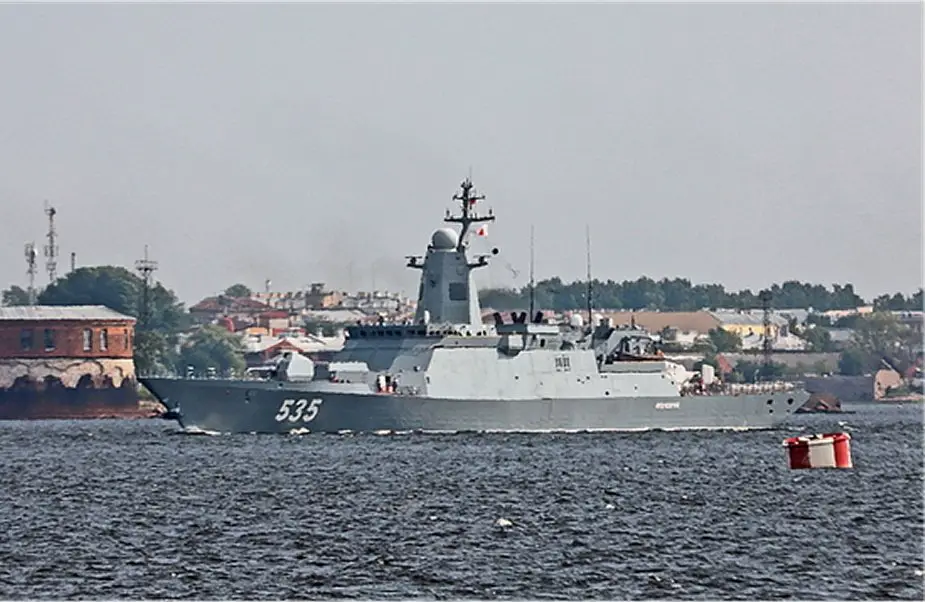Breaking news
Russian Project 20380 corvette Mercury enters final stage of sea trials.
According to information published by Tass on December 5, 2022, the Mercury corvette built by Severnaya Verf Shipyard in St. Petersburg has entered the Gulf of Finland for the final stage of sea trials, the Russian Defense Ministry said.
Follow Navy Recognition on Google News at this link
 Russian Navy's Project 20380 corvette Mercury. (Picture source: Russian MoD)
Russian Navy's Project 20380 corvette Mercury. (Picture source: Russian MoD)
The Mercury crew is going to check the corvette’s seaworthiness, the working efficiency of its systems, mechanisms and arms in the next few days. After that the ship will return to the shipyard to remove the exposed defects ahead of the state acceptance trials.
The Mercury is the fifth project 20380 ship, which has been built by Severnaya Verf Shipyard (it is affiliated with the United Shipbuilding Corporation). Project 20380 warships carry the Uran missile system with four container launching ramps and an ammunition load consisting of eight Kh-35U antiship missiles with a firing range of up to 260 km.
The corvette was laid down on February 20, 2015 under the name Retivy. The ship changed its name to Mercury on October 15, 2021 in honor of a 19th century sailing ship of the Black Sea fleet that distinguished itself in the 1828-1829 Russian-Turkish war.
The corvette has a displacement of 1800 tons, a total of 2220 tons. The length is the largest at 104.5 meters, width 13 meters, and maximum draft of 7.95 meters. It has a maximum speed of 27 knots and has a cruising range of 4000 miles.
The Steregushchiy-class corvettes have a steel hull and composite material superstructure, with a bulbous bow and nine watertight subdivisions.
There is a hangar with a landing pad for an anti-submarine helicopter with a total weight up to 12 tons Ka-27, there is also a significant (up to 20 tons) of fuel for it.
In general, Project 20380 ships differ from the anti-submarine ships currently in service with the Russian Navy in its versatility, compactness, low visibility, and high level of automation of shipboard systems.


























